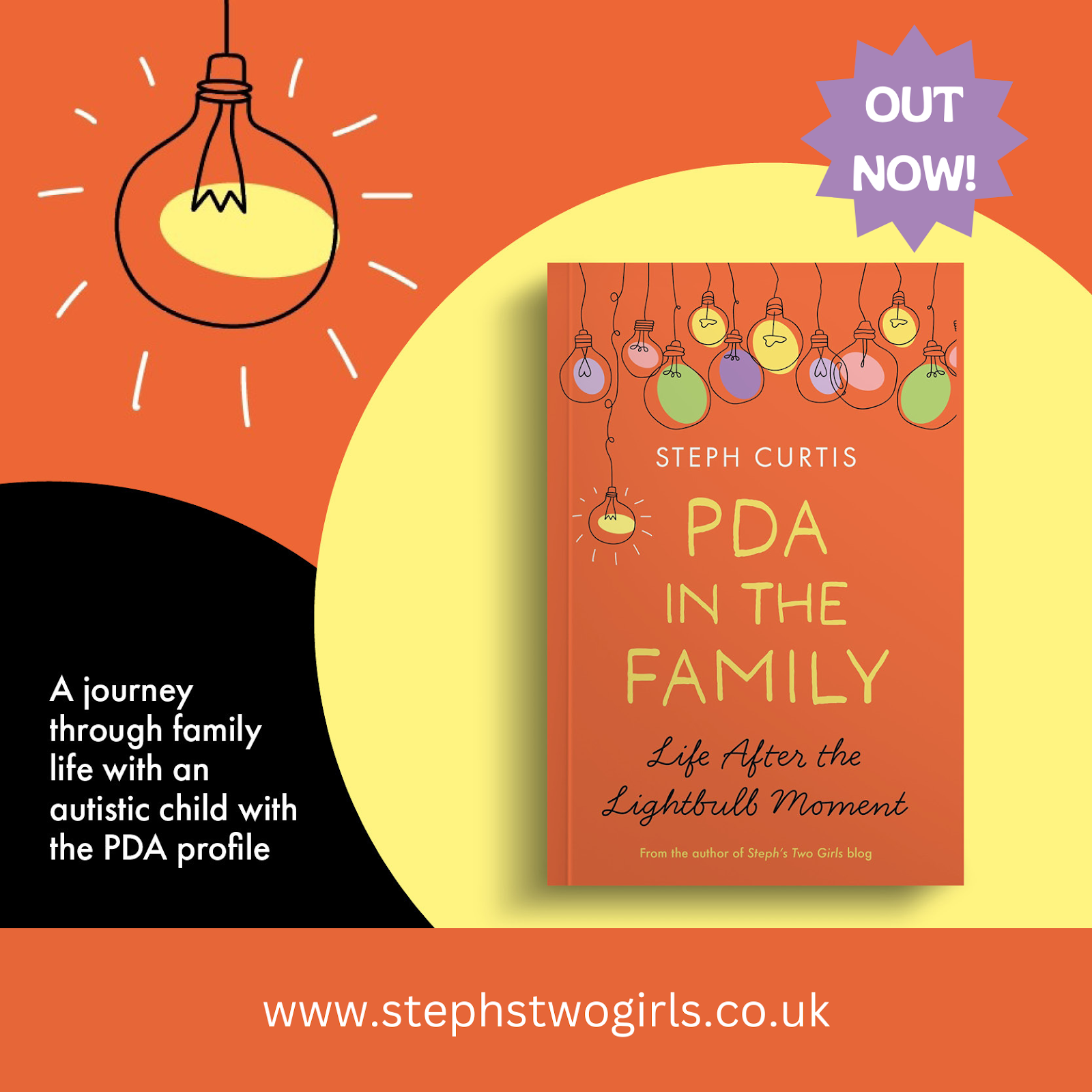When a copy of the book Me, Myself, and ADHD* arrived for me to review I was excited. I first came across the writer of this book, Molly Brooks-Dridge, on one of her social media accounts - I can't remember which one but she has a Facebook page, Instagram account and a YouTube channel, all of which are great and well worth checking out.Our eldest daughter was diagnosed just last month with ADHD (Attention Deficit Hyperactive Disorder) at the age of 15 - see my post New ADHD diagnosis and sudden onset Tics/Tourettes. It came as quite a surprise to all of us, because our eldest doesn't 'fit' the typical descriptions of a child with ADHD. She has always been fairly quiet, sensitive, hard-working and well-behaved at school... but wait, isn't it awful that what we hear in the media about ADHD would lead you to think that all children with ADHD are the opposite of how I'm describing our girl? That's a post for another time though I think.
I've been on a sharp learning curve, trying to absorb everything I can about ADHD, and this brilliant book was the best introduction I could have hoped for. Molly is now 22 and a vibrant, bubbly young woman who has been very brave in sharing details of her thoughts and experiences.
There are 26 subject headings in the book, covering everything from anxiety and anger, stigma, myths and facts about ADHD, on to relationships and her journey through education. Molly writes very descriptively about her own traits, many of which would be shared by others with ADHD.
Part of what has driven Molly to write this book is wanting others to know that children and adults with ADHD are not bad people, they are just incredibly misunderstood.
Molly wasn't diagnosed until the age of 21, which means that she went all through school with a lack of support or understanding. At the back of the book there are eight pages showing all the consequence points she was given on her school records from 2011 to 2013. I know that there are challenges for educators in terms of trying to keep 30 or more students in a class engaged all the time, but it saddens me to think that so many consequences could be written without anyone determining the real reasons behind the behaviour.
One thing I particularly enjoyed about this book was the way it has been laid out, with Molly's own brilliant illustrations and a huge variety of bold text, different typefaces and capital letters, and coloured titles throughout. I think all books should be like this, much more interesting!
I highly recommend this book for any parents or carers, or educators of children with ADHD, to give a real insight into what is going on in the mind and the struggles which are faced on a daily basis. I imagine that many young adults with ADHD would also relate to this book and not feel so alone. It's available to buy from all good bookstores including Amazon: Me, Myself, and ADHD by Molly Brooks-Dridge
For more information about PDA, please read the book shown below:
* these are affiliate links and I may receive a small commission if you click and go on to buy anything. It won't cost you any extra.
(Other PDA books can be found in my
To find out more about our experiences, please check out our '
About Us' page or the summary of our experience in
Our PDA Story Week 35. If you are looking for more online reading about Pathological Demand Avoidance, the posts below may help.
To follow me on other social media channels, you can find me at the following links or click the icons below!


































Thank you for giving me information that I was looking for. I myself have bad ADHD.
ReplyDelete